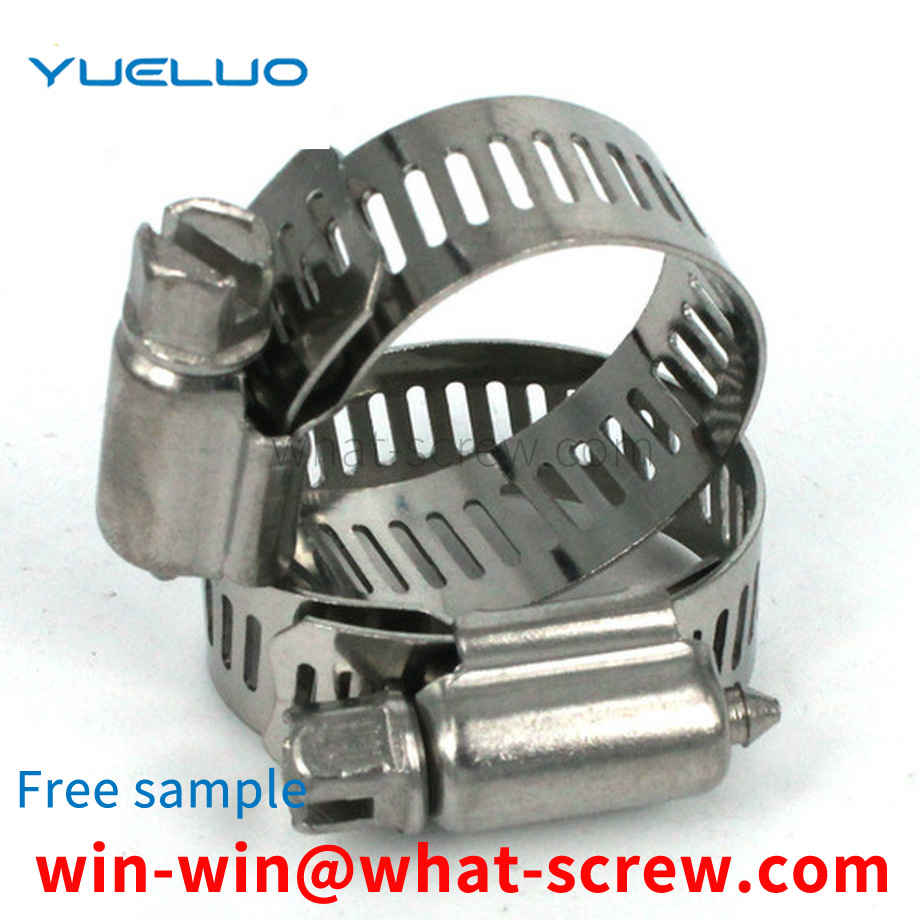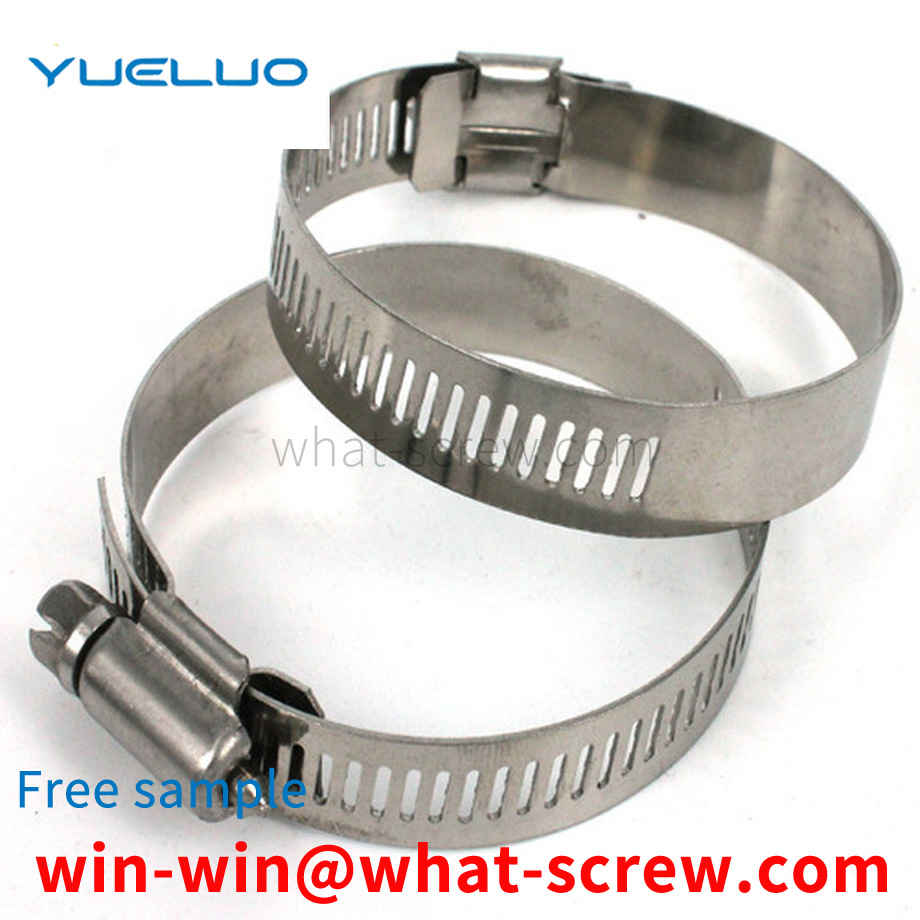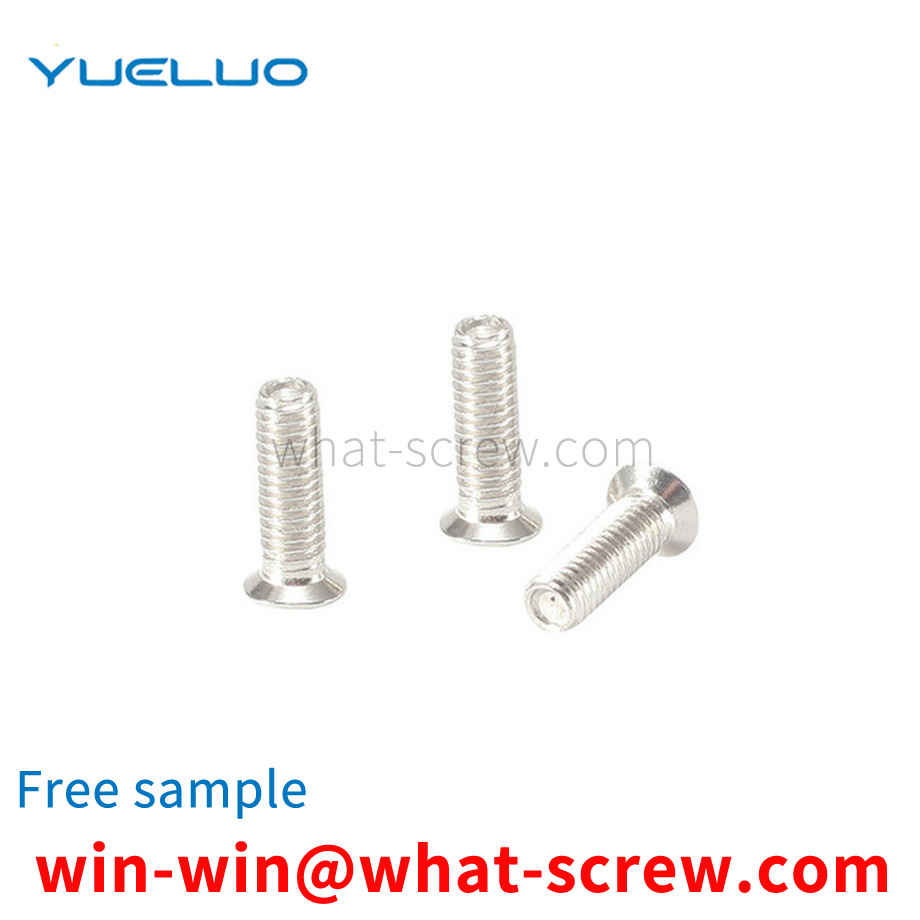What is the tolerance range of precision screws?
What is the tolerance range of precision screws?
Service Hotline
+86760-8787 8587We have more than ten years of production experience in the screw industry, the main products are: thick washer, plastic insulation screws, white nylon disc nut, six-claw washer nut, small bolt, universal electric water heater magnesium rod drain nut, fine buckle fine tooth hexagon Nuts, thin hexagonal nuts, GB109 natural iron nails, nylon bushing pads, set screw nuts, hexagonal isolation columns, large flat head semi-circular head square neck bolts, GB862, U-shaped pipe clamp bolts and other fasteners, due to the product material Different specifications and different prices, please contact us if necessary.


Screws are a common fastener widely used in machinery, electrical appliances and buildings. The general material is metal or plastic, it is cylindrical, and the grooves engraved on the surface are called threads. Due to the different units of measurement, the representation methods of various threads are also different. For example, M16-2X60 represents a metric thread. His specific meaning is that the nominal diameter of the screw is 16MM, the pitch is 2MM, and the length is 60MM. Another example: 1/4—20X3/4 means the inch thread, what he specifically means is the nominal diameter of the screw It is 1/4 inch (one inch = 25.4MM), there are 20 teeth on one inch, and the length is 3/4 inch. In addition, if you want to express American screws, UNC and UNF are usually added to the back of the British screws to distinguish between American coarse teeth or American fine teeth.

The earliest rivets were small pegs made of wood or bone, and the earliest metal variants may be the ancestors of what we know as rivets. They are without a doubt the oldest known method of joining metals, dating back as far as the earliest use of malleable metals, eg: Bronze Age Egyptians riveted the six wooden sectors of the outer lines of a slotted wheel with rivets Fastened together, after the Greeks had succeeded in casting large statues in bronze, the parts were riveted together with rivets.


Swimming self-locking nut GJB 125.1~125.6-86 The double-ear sealing swimming self-locking nut is composed of four parts: sealing cover, self-locking nut, pressure ring and sealing ring. It has compact structure and reliable sealing, and is suitable for products whose working pressure is not more than 2atm, working medium is gasoline, kerosene, water or air, and the operating temperature is -50~100℃. However, it has certain difficulties in the manufacturing process and air tightness test.

The nuts of some products must be installed on the outside, but due to the small internal space, when the indenter of the riveting machine cannot meet the strength requirements by methods such as riveting and budding, riveting and riveting are impossible. Rivets to be nailed. Applicable to the fixed field of each thickness plate and tube (0.5MM-6MM). Using pneumatic or manual riveting equipment, rivet once and it is easy to secure. Replacement of the existing welding nut to supplement the metal plate, the thin tube welding is easy to melt, and the welding nut is not smooth.

The above content is uploaded by Yueluo or the Internet. If there is any copyright issue, please contact [email protected].

What is the tolerance range of precision screws?

How to choose the right stainless steel screw manufacturer?

Why is there an R angle under the head of the hexagon head s...

We have more than ten years of production experience in the ...

We have more than ten years of experience in the production ...

We have more than ten years of experience in the production ...

We have more than ten years of experience in screw industry ...